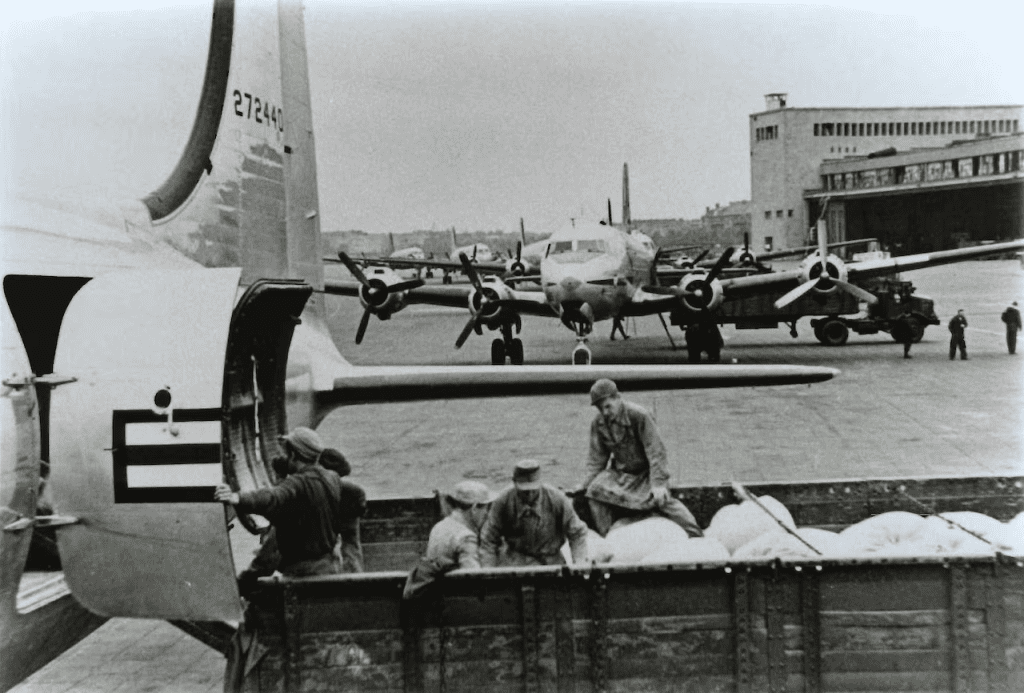In the aftermath of World War II, the world found itself divided not only by borders and ideologies but by walls both visible and invisible. Nowhere was that more clear than in Berlin, Germany. In June 1948, the Soviet Union, hoping to force the Western Allies out of the city, blocked all rail, road, and canal access to West Berlin. Their plan was simple: starve the people into submission.
But the world responded with something unexpected not with bombs, not with tanks, but with bread, coal, and compassion.
This was the Berlin Airlift, a massive humanitarian mission that lasted from June 1948 to May 1949. Over the course of eleven months, Allied forces led primarily by the United States and the United Kingdom flew more than 277,000 flights, delivering food, fuel, and medicine to the isolated residents of West Berlin. In total, over 2.3 million tons of supplies were airlifted into the city. It was an operation driven by logistics and powered by hope. And it changed the course of history.
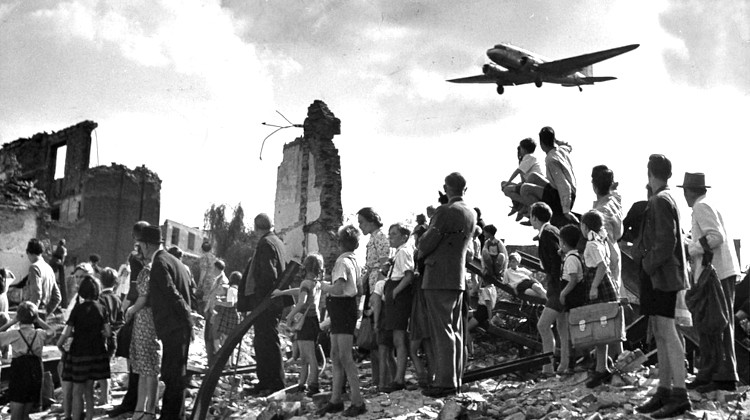
An Airbridge of Resolve
The situation in Berlin was dire. With over two million civilians trapped in the western sector, basic necessities were running out. Power was cut, coal was scarce, and people were hungry. The Soviets expected the Allies to retreat but instead, the planes started coming.
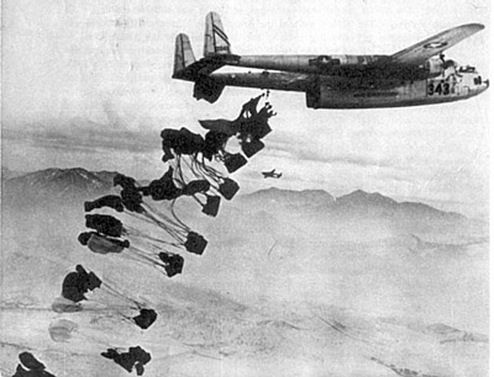
Every day, cargo planes landed at Tempelhof, Gatow, and later Tegel airports sometimes as frequently as one every thirty seconds. Pilots worked around the clock, braving dangerous weather, mechanical failures, and exhaustion. They delivered everything from flour and canned goods to medicine and blankets.
What made the airlift so extraordinary was not only its scale but its unwavering commitment to peace. Not a single shot was fired during the operation. It was proof that solidarity and humanitarian aid could stand up to aggression and intimidation.
Video:
Berlin Airlift: The Cold War Begins – Extra History
The Candy Bomber and the Children of Berlin
Among the thousands of pilots involved in the airlift, one man became a symbol of kindness in the midst of crisis. His name was Gail Halvorsen, a U.S. Air Force pilot who became affectionately known as “The Candy Bomber.”
After witnessing the suffering of Berlin’s children, Halvorsen decided to drop small parachutes of candy from his plane as he flew over the city. Using handkerchiefs as makeshift parachutes, he filled them with gum, chocolate, and other treats. Word spread quickly, and soon other pilots joined in.
For many children, it was their first taste of joy in a long time. These small gestures became iconic, and Halvorsen’s candy drops brought hope and humanity to a generation growing up amid rubble and uncertainty.
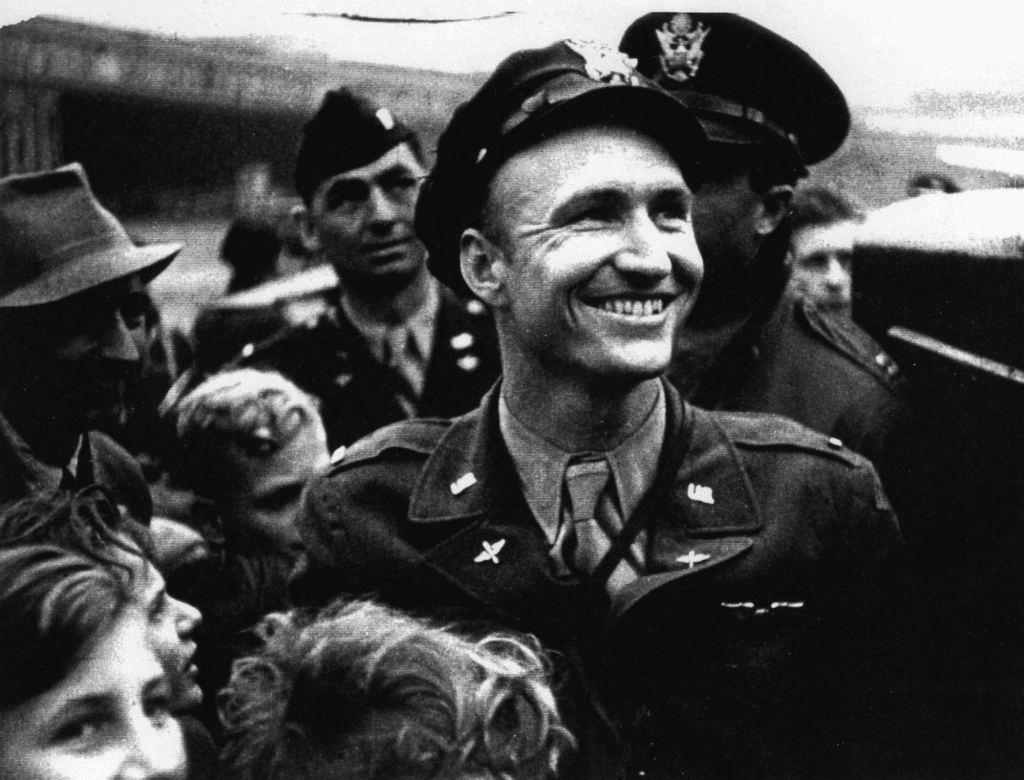
When Freedom Triumphed Without Firepower
By May 1949, the Soviets realized their blockade had failed. They could not break the spirit of the people or the resolve of the Allies. On May 12, 1949, the blockade was officially lifted.
But the airlift didn’t stop immediately. Flights continued for several months to build up a stockpile in case the blockade resumed. In the end, the mission delivered more than just physical goods it delivered a message: the world would not abandon Berlin.
Video:
How the Biggest Airlift in History Saved West Berlin
The Berlin Airlift proved that compassion and cooperation could be more powerful than coercion. It also cemented a strong bond between West Berlin and the Allied nations, especially the United States. It was one of the first major confrontations of the Cold War, and it ended not with violence, but with victory for humanity.
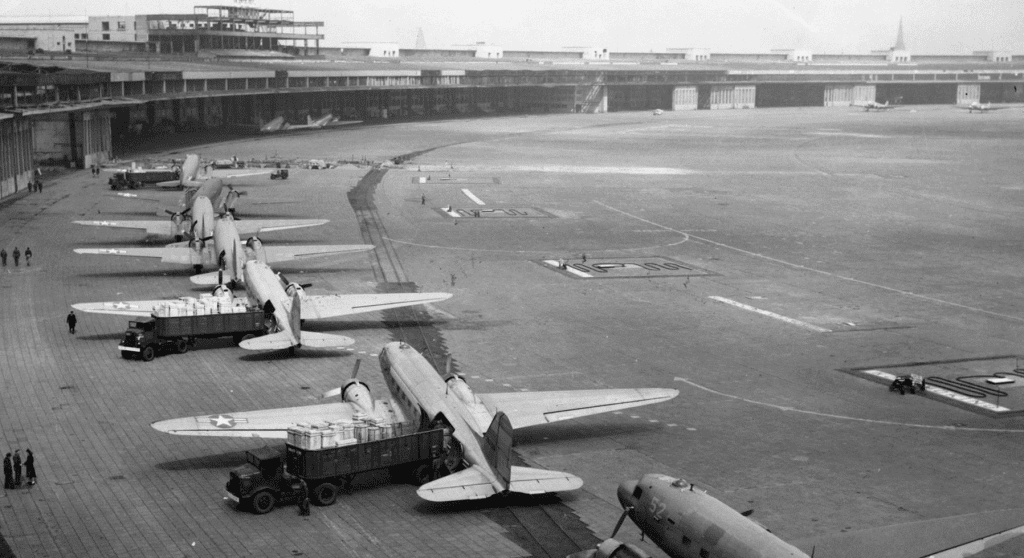
Legacy of a Lifeline
The Berlin Airlift remains one of the most significant humanitarian operations in modern history. It set a precedent for international cooperation and showcased the strength of peaceful resistance. The operation earned immense respect around the world and became a defining moment for the U.S. Air Force and post-war diplomacy.
Today, monuments and museums in Berlin honor the airlift and those who made it possible. And the story of the Candy Bomber still inspires new generations, reminding us that even in the darkest times, small acts of kindness can have a massive impact.
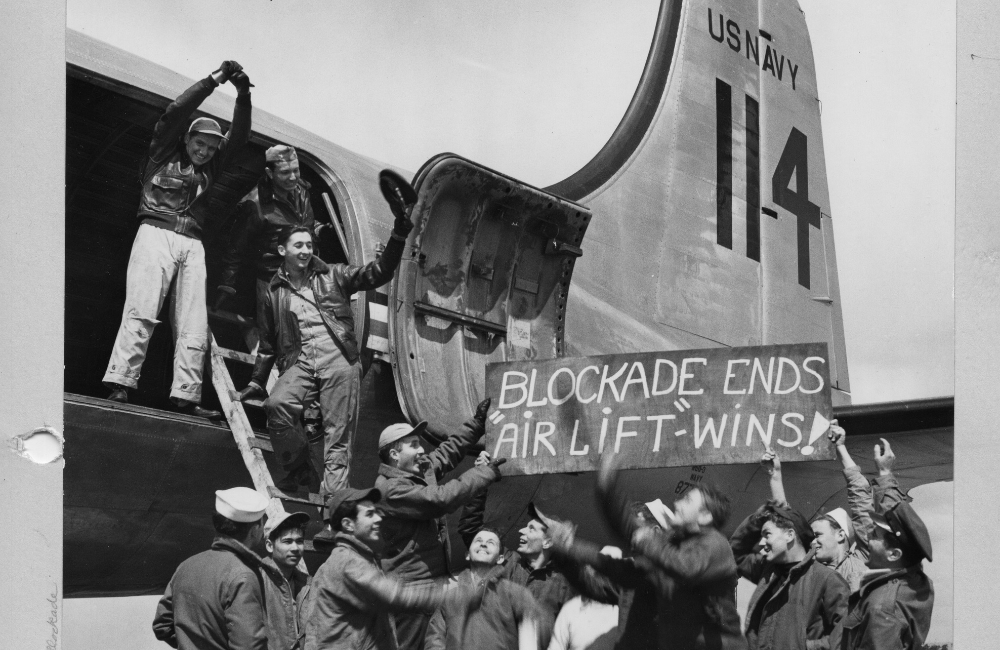
A Lift That Carried More Than Supplies
In a city surrounded by barbed wire and military force, the Berlin Airlift showed the power of principle. It was not just about moving tons of cargo. It was about moving hearts and standing firm in defense of freedom. No bullets were fired. No ground was taken. But make no mistake the Berlin Airlift was a battle won.
And for the children who caught chocolate bars drifting from the sky, it was proof that the world had not forgotten them.
